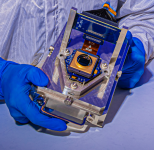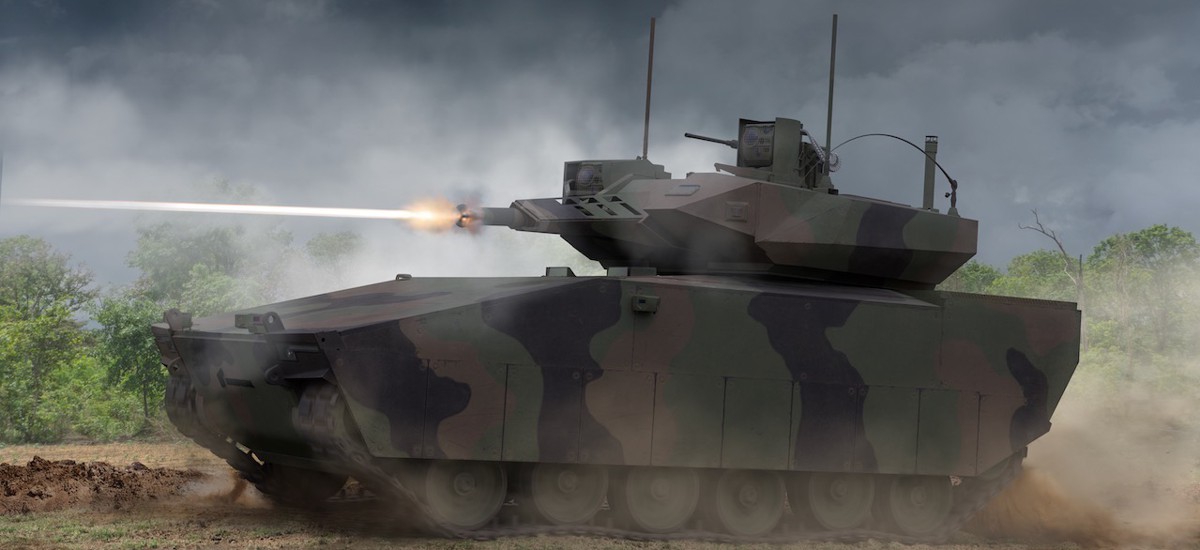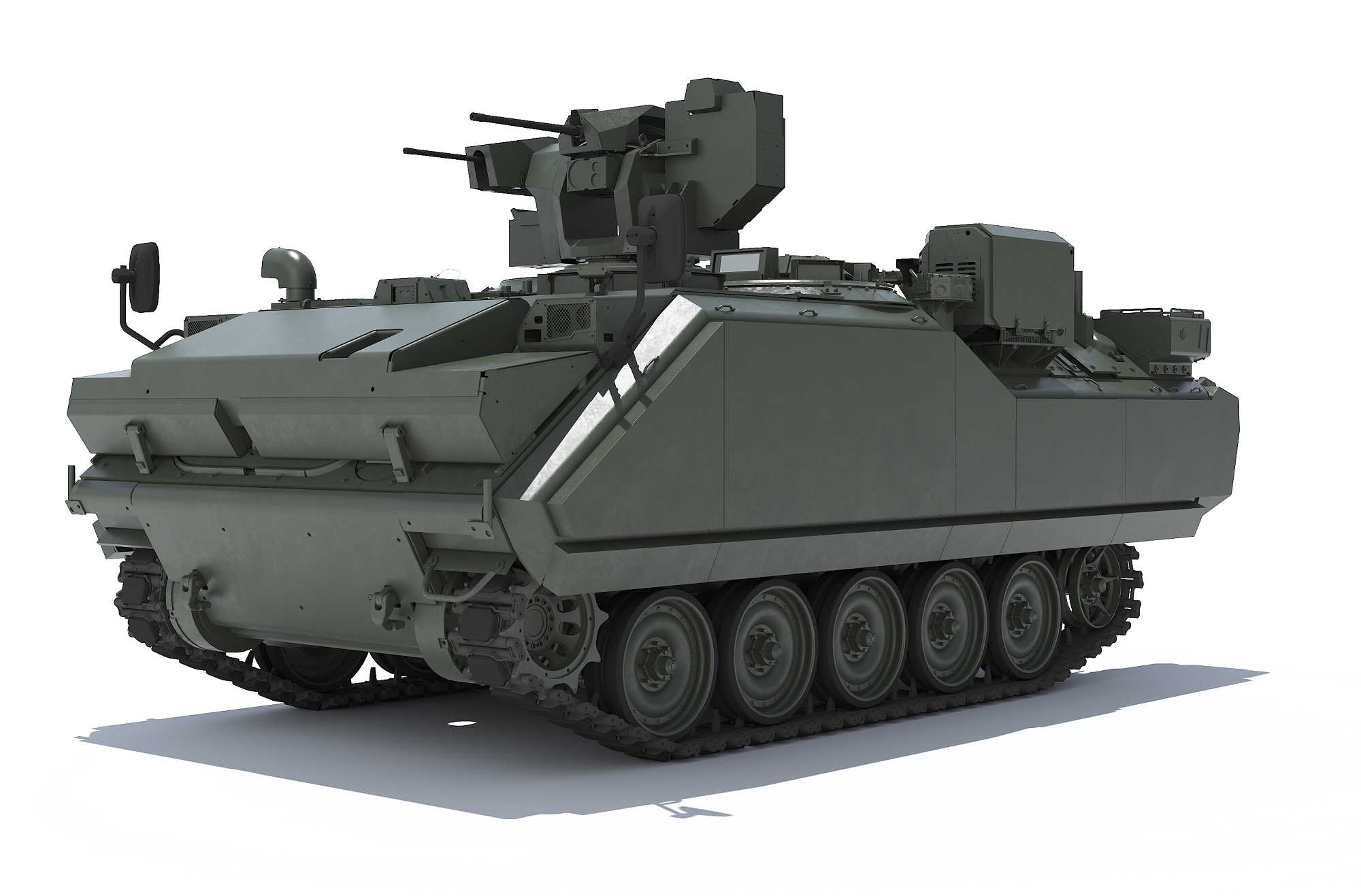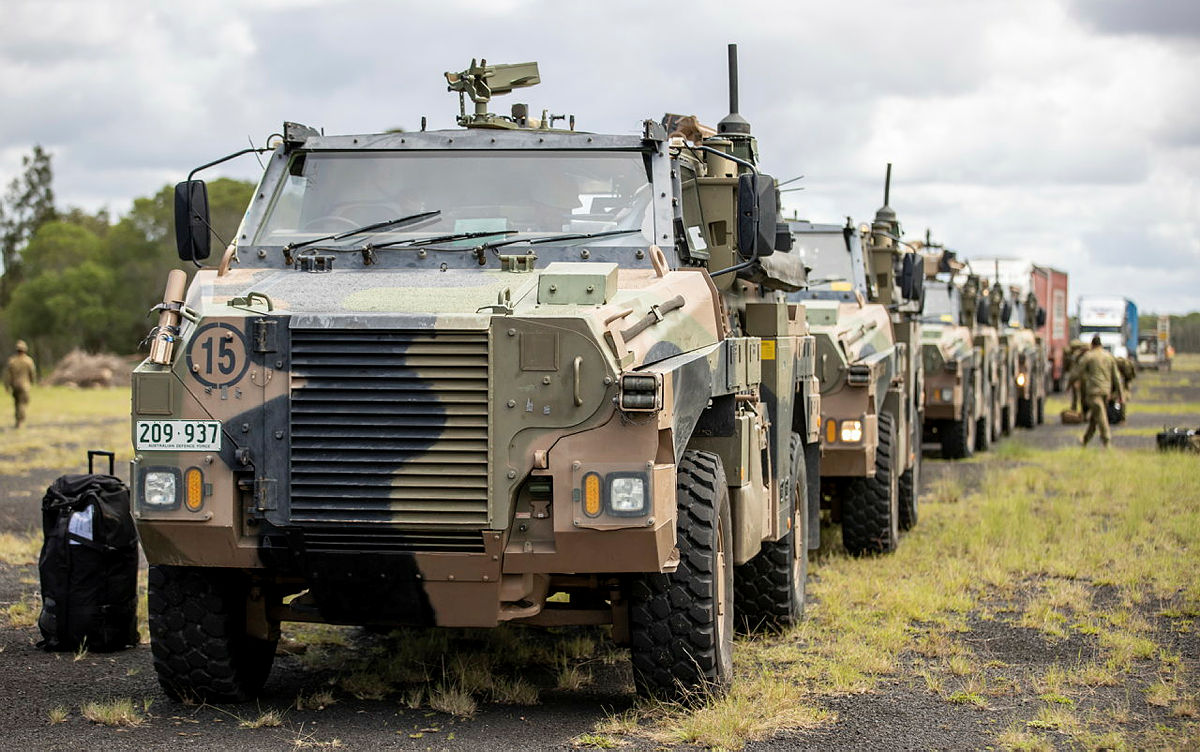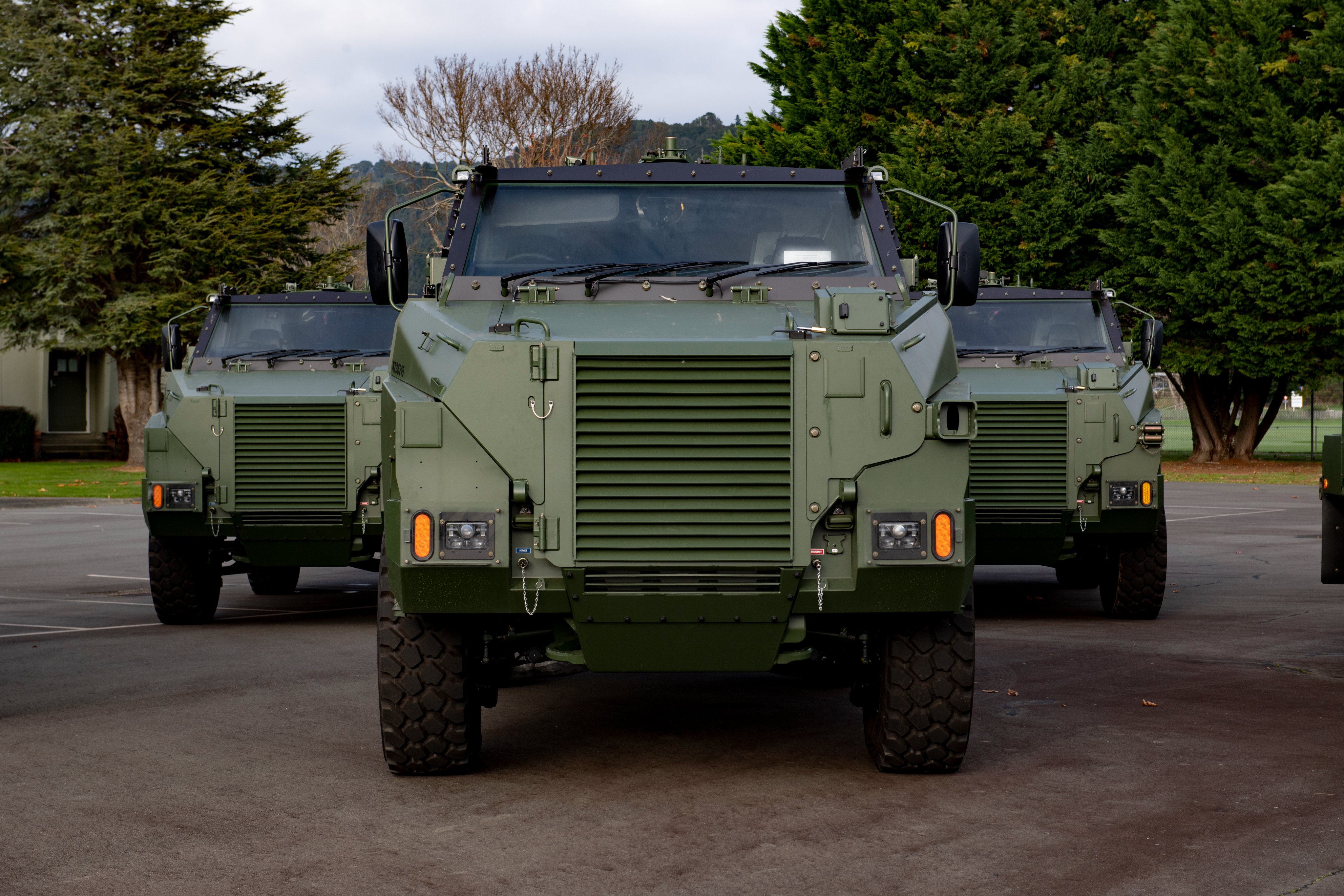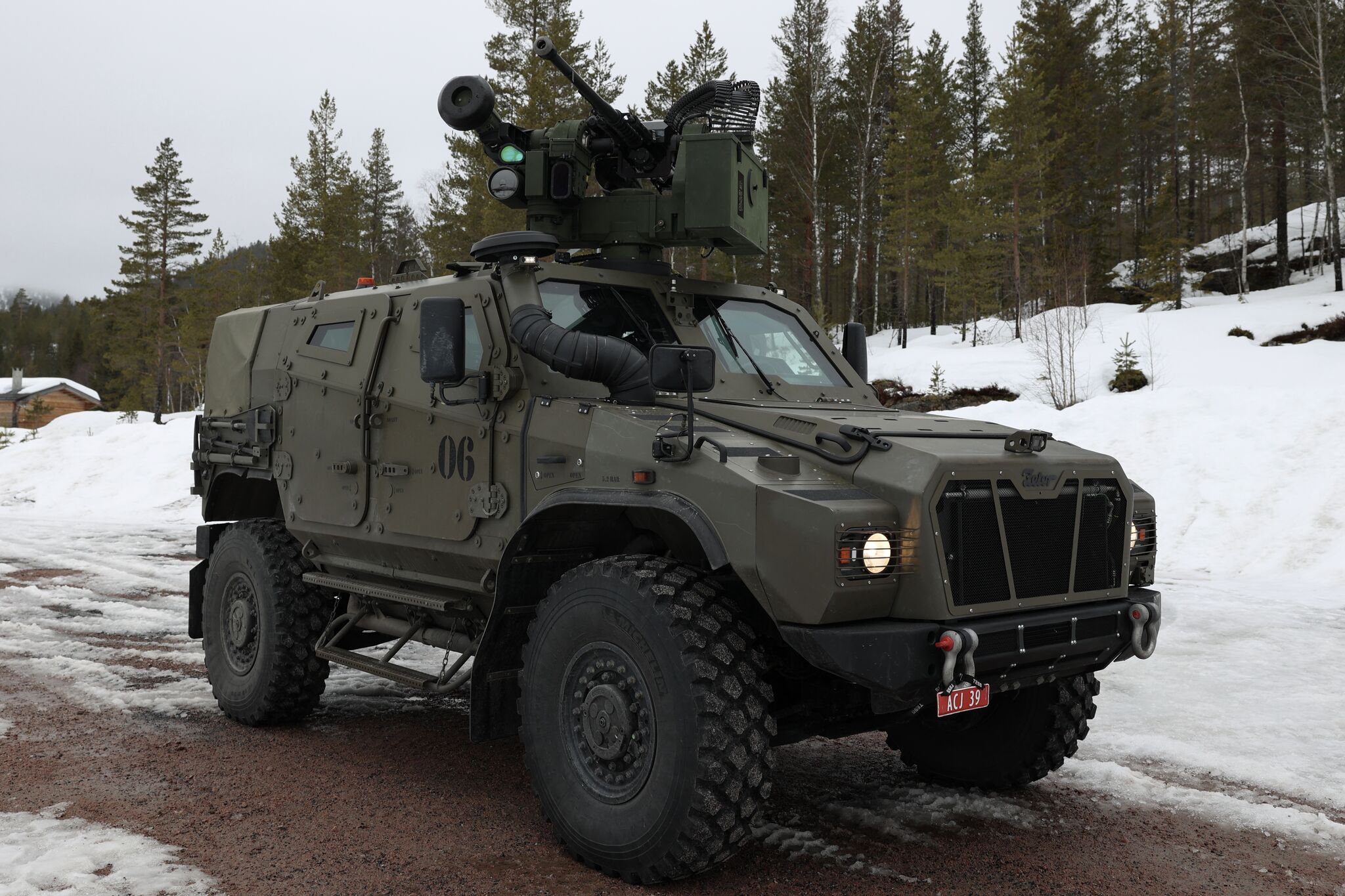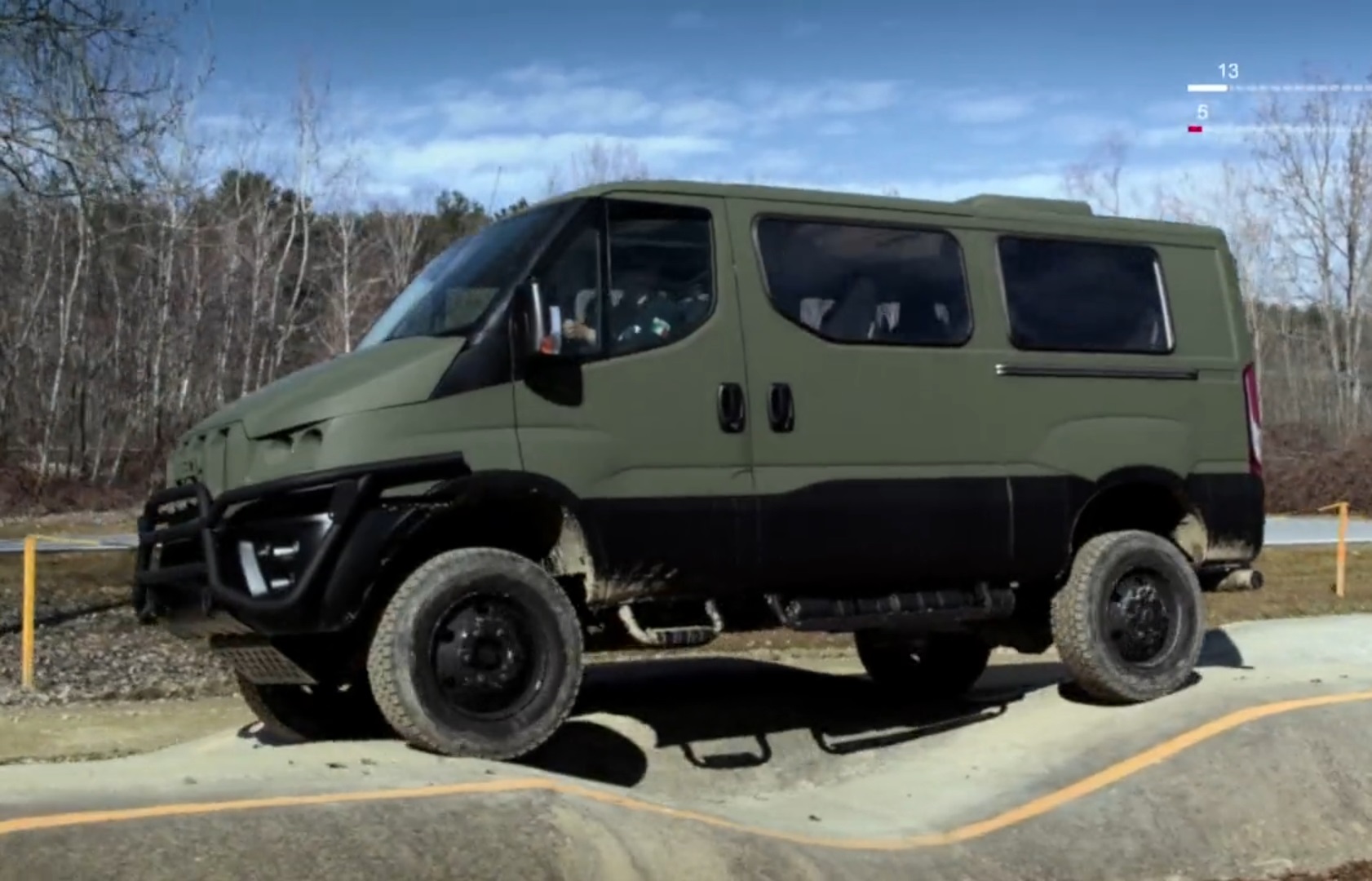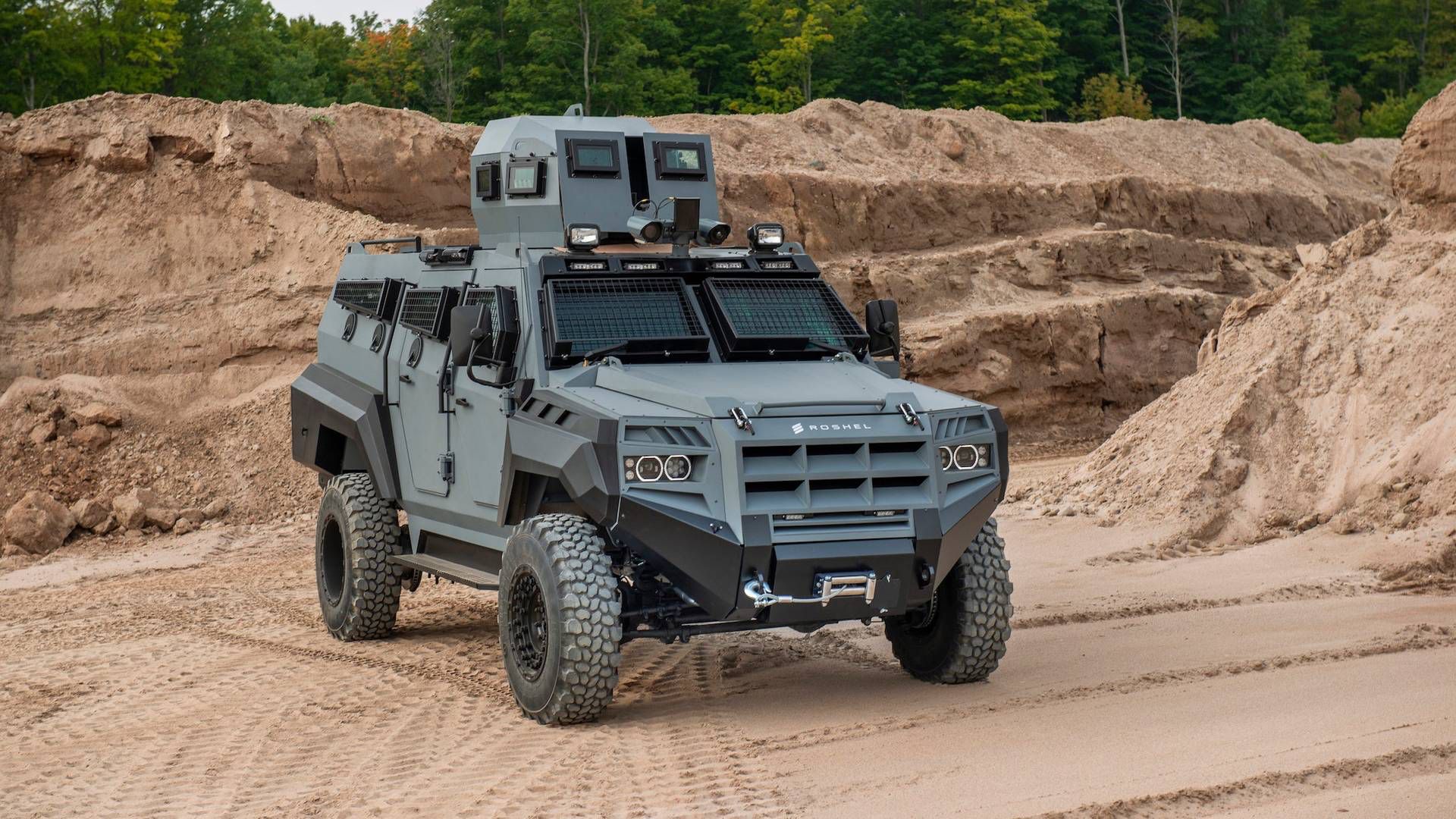The main reason why Rangers are in USASOC now is co-ordination, due to the issues from Gothic Serpent. However during GWOT, they were eventually allowed to do a lot more on their own, including HVT opts.
Before they where generally the Outer Cordon, or the expendable crewmen on airfield seizure missions, and congrats 82nd that's your role now

Para's/Abn are not SOF, as they are still a conventional infantry force, and organized as such.
Look at the SOF Core
SOF Core Activities
Core Activities
- Direct Action
Short-duration strikes and other small-scale offensive actions employing specialized military capabilities to seize, destroy, capture, exploit, recover, or damage designated targets.
- Special Reconnaissance
Actions conducted in sensitive environments to collect or verify information of strategic or operational significance.
- Unconventional Warfare
Actions to enable a resistance movement or insurgency to coerce, disrupt, or overthrow a government or occupying power.
- Foreign Internal Defense
Activities that support an HN's internal defense and development (IDAD) strategy and program designed to protect against subversion, lawlessness, insurgency, terrorism, and other threats to their internal security, and stability, and legitimacy.
- Civil Affairs Operations
CAO enhance the relationship between military forces and civilian authorities in localities where military forces are present.
- Counterterrorism
Actions taken directly against terrorist networks and indirectly to influence and render global and regional environments inhospitable to terrorist networks.
- Military Information Support Operations
MISO are planned to convey selected information and indicators to foreign audiences to influence their emotions, motives, objective reasoning, and ultimately the behavior of foreign governments, organizations, groups, and individuals in a manner favorable to the originator's objectives.
United States Special Operations Command (USSOCOM) conducts internet-based MISO in partnership with United States Southern Command (USSOUTHCOM) to expose, counter, and compete against adversary malign activity and disinformation throughout USSOUTHCOM’s area of responsibility. These on-going and enduring activities are coordinated with U.S. government agencies and implemented in accordance with U.S. law and DoD policies.
- Counter-proliferation of Weapons of Mass Destruction
Activities to support USG efforts to curtail the conceptualization, development, possession, proliferation, use, and effects of weapons of mass destruction (WMD), related expertise, materials, technologies, and means of delivery by state and non-state actors.
- Security Force Assistance
Activities based on organizing, training, equipping, rebuilding, and advising various components of Foreign Security Forces.
- Counterinsurgency
The blend of civilian and military efforts designed to end insurgent violence and facilitate a return to peaceful political processes.
- Hostage Rescue and Recovery
Offensive measures taken to prevent, deter, preempt, and respond to terrorist threats and incidents, including recapture of U.S. facilities, installations, and sensitive material in overseas areas.
- Foreign Humanitarian Assistance
The range of DOD humanitarian activities conducted outside the US and its territories to relieve or reduce human suffering, disease, hunger, or privation.
The entire history of SOF down here has been rife with CF Generals trying to gut SOF and pull the NCO's and O's back into units.
But if you've been an E-7 in a SOF unit you aren't going to want to return to a CF unit - and as a result the personnel drain will be massive.
Down here, if you go to Ranger School there is no guarantee as an O or E that you will get to a Batt, but guys going to Q Course are gone from Big Army -- so there is a loss to the CF, but not to the force as a whole.
On a psychology level, a great deal of SOF personnel aren't well suited to CF roles, as free thinkers, and those who question a lot of status quo do well there, and dont generally do well in CF trades.








